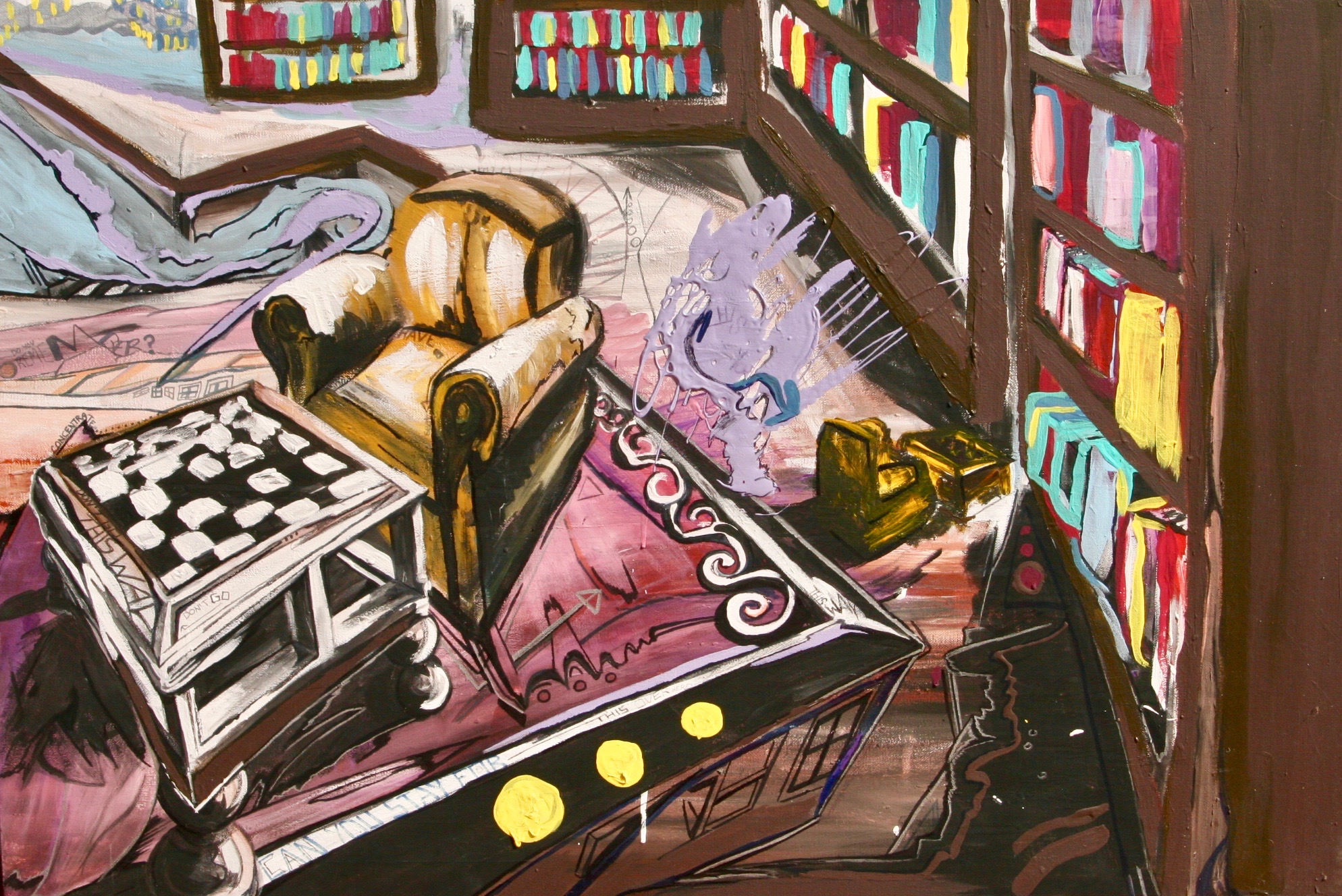Carol Lynn Stevenson Grellas
Unlamented
The year I had my hysterectomy
the only choice for permanent repair
with painfilled days while healing in my bed
unknowing what was gone and what was there
reflection of my body and its task
for carrying children, healthy and alive,
I mourned the times it let me down instead
the two I'd lost, unable to survive.
And in the midst of grieving, I found joy
and in the midst of gladness, I found pain
and all those hours of resting made me weep
for all the times I'd never feel again
the way such wonderment had filled my womb
though twice my body doubled as a tomb
Potlikker Sestina
I learned about Potlikker soup reading
a poem. The tough dark greens and leftover
hambones sounding delicious, edible leaves
a thing of beauty. I knew a guy once,
they used to call him soup for short
his name filled with so many letters of the alphabet
as if we could condense his story's alphabet
and make it more sayable the way reading
a history book isn't the full story; it stops short
ingredients of the past thrown out like leftovers
unlike the tradition of saving the extra parts, not once
but enough to fill a pot with a lifetime of leaves
An old African American tradition, saving leaves
from the days of plantation kitchens. The alphabet
isn't the same in every homeland, but once
you understand the words, a close reading
will show large parts have been omitted, the leftovers
that make all the difference, the long and short
of it. There's a lie in the story when it's cut short
the remnants need to be conserved for truth, leaves
pressed under glass because there's life in the leftovers
the way letters are strung together to complete the alphabet
a place to form language, to retell the story, to read
and recite and write it all down. We know that once
isn't enough when honoring the truth; if once
is the abbreviated version, it loses power. Shortened
stories with changed endings make an untrue reading
without honoring the past. It's deceitful leaving
out a people's truth, shifting their alphabet
into a tongue of falsehoods, declaring leftovers
the inedible parts, castoffs, superfluous. I prefer leftovers
to the meal from the night before. It's easier once
you've written down a recipe to store it alphabetized
in a little box with letters at the top, a short
cut to finding what you really need when hurried to leave
yet marking the recipe for later. I've read
enough history to know more than once it's been shortened,
the tough parts left out; whole stories removed like unsavory leftovers
an altered alphabet, names missing, the truth no longer readable
|
|
 |
 |
|
|
|
 |
| Anna Lee Hafer is a studio artist based in the Philadelphia area whose work is heavily influenced by such famous surrealist painters as René Magritte, Salvador Dali, and Pablo Picasso, all of whom strove to build their own realities through small glimpses into a particularly confusing, but utterly unique worldview that dictates its own specific set of instructions. With references to the laws and physics of Alice's Wonderland, the artist challenges the audience's inherent understanding of perspective, reality, and universal order.
In her work, Hafer pours and layers paint to create dimension and texture, mixing different styles and colors onto each other until they produce a 3D effect. Through marker and pencil that create shadow, she further enhances these forms and separates them from the background. Heavier layers and thicker brushstrokes in the foreground of her work push the painting toward the viewer, whereas the thinner layers and small brushstrokes in the background, elongate the space and push away from the viewer. By juxtaposing interior and exterior elements, Hafer makes the audience question whether they are looking at something inside or outside.
For additional information, please visit www.hafer.work.
|
|
|
|
|
|
 |
|
 |
|
|
|
|
